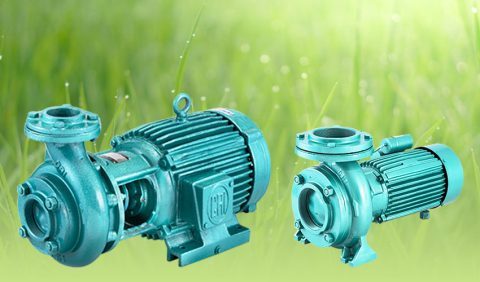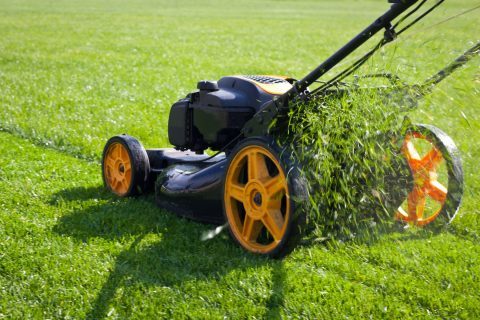High in the Peruvian Andes, at over 11,000 feet above sea level, Cusco is becoming a new destination for mountain biking. The terrain combines altitude, ancient trails created centuries ago by the Incas, and open landscapes that still connect living Andean communities. Riding here means crossing paths that reveal rugged geography, active cultural traditions, and a direct connection to Andean history.
Terrain and Altitude
Cusco sits at 11,150 feet above sea level, right in the Andes mountain range. The air is thinner and your body notices it quickly. A bike section that seems easy at sea level feels heavier here. Climbing a short hill is enough to get your heart racing and your lungs asking for a break.
The good news is that the body adapts. A couple of days of acclimatization are enough for breathing to stabilize and energy to flow better. For many adventurers, that sense of challenge is part of the appeal.
Just a few miles from the city of Cusco, trails reach passes above 13,000 feet and drop sharply into deep valleys. These are ancient paths that originated in pre-Inca times, were used during the Inca Empire, and still connect communities today.
When to Go
The dry season, from May to October, is the most stable. The weather is clear, trails are firm, and visibility is good. During the rainy season, from December to March, many routes get muddy and slippery, so operators reduce activity to protect both the terrain and riders.
Riding Living Trails
Mountain biking routes in Cusco are varied, ranging from technical descents to flowing valley rides. The key is choosing wisely based on skill level and taking time to acclimatize. The altitude is demanding, but it provides expansive routes and wide-open landscapes.
Yuncaypata
One of the most popular routes for those new to high altitude. It starts from a high zone east of Cusco, about 20 minutes from downtown (12,350 ft), and descends to 10,920 ft. It’s between 3 and 4 miles of hard-packed dirt, loose rock, and eucalyptus forest. It’s a flowing descent with open sections that let you adapt to the terrain without losing speed. Many operators use it as a first acclimatization route.
Abra Málaga
Probably the most iconic descent in the region. It starts at Abra Málaga pass (14,160 ft), about 2.5 hours from Cusco by road, and drops to 9,200 ft over a route of more than 31 miles. It crosses glaciers, ravines, and cloud forest. It’s ideal for intermediate riders looking for a long, fast, scenic route. It also has technical detours for more experienced riders.
Lares Trail
Starts near Lares pass (15,090 ft) and descends to 9,500 ft. It’s about 7.5 miles of varied terrain crossing high puna grasslands and Andean communities. It’s an intermediate-level route with flowing descents and moderate technical sections. Highly valued by experienced riders seeking a route with ecosystem changes and expansive landscapes.
These routes cross different ecosystems and cultural contexts, from high puna grasslands to temperate ravines, from grazing areas to active agricultural terraces.
Culture and territory
Routes here cross living territories. In many communities, Quechua is the first language. Agricultural terraces inherited from Inca times remain active, and the paths riders follow are the same ones locals use daily to transport goods, move livestock, or walk between villages.
In the Andes, mountains or Apus are considered sacred. Riding here means entering a space with deep cultural and spiritual meaning. Respecting that environment is part of the experience: don’t cut trails, don’t create shortcuts, don’t cross communal lands without permission, and hire local services when possible. These practices strengthen community economies and reduce territorial impact.
Preparing for Altitude and Terrain
Above 10,000 or 13,000 feet, the air is thinner and the body needs time to adapt. Acclimatizing for at least 48 hours before demanding routes is essential, especially when arriving from low-altitude areas. Most travelers adapt well with rest, good hydration, and light meals.
The terrain is varied, hard-packed dirt, loose rocks, and descents requiring balance. A full-suspension bike, hydraulic brakes, and tires with good grip are recommended. For beginners, routes like Abra Málaga are ideal for building confidence without technical pressure.
Heritage You Can Ride
Many of these routes are linked to the Qhapaq Ñan, the great Inca road network declared a UNESCO World Heritage Site. While not all sections are part of the official protected route, the historical value of these paths is real.
A Destination That Demands Respect
Each route in Cusco combines geography, history, and effort. The altitude, weather, and life in the communities make every ride different. It’s a place that requires preparation, attention, and respect. Those who arrive with that mindset get to experience part of a culture that remains alive and connected by the same paths used for centuries.
This spirit also guides the work of Peru Biking Tours, leading routes that combine technical skill, sustainability, and local knowledge. Riding here is learning to move within a territory that still breathes history.






